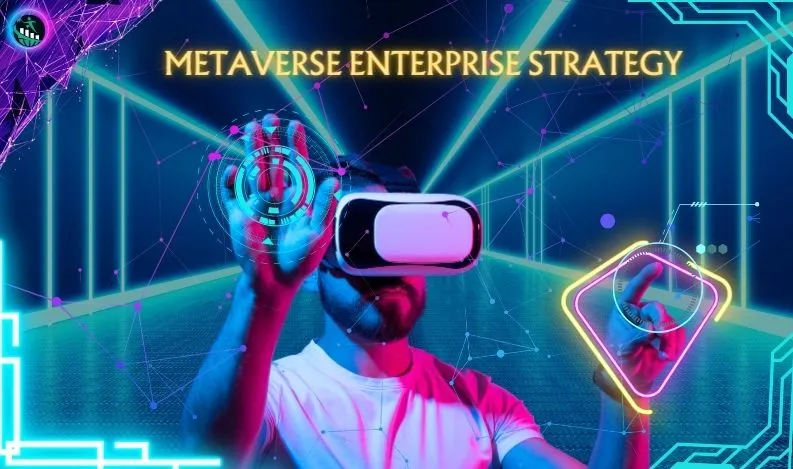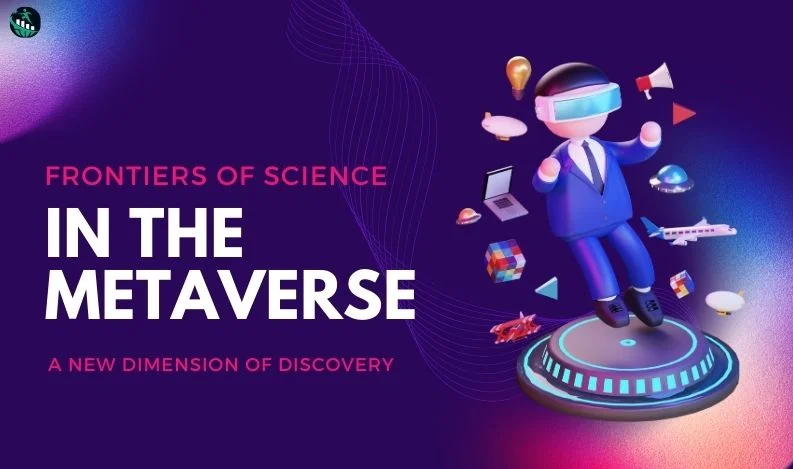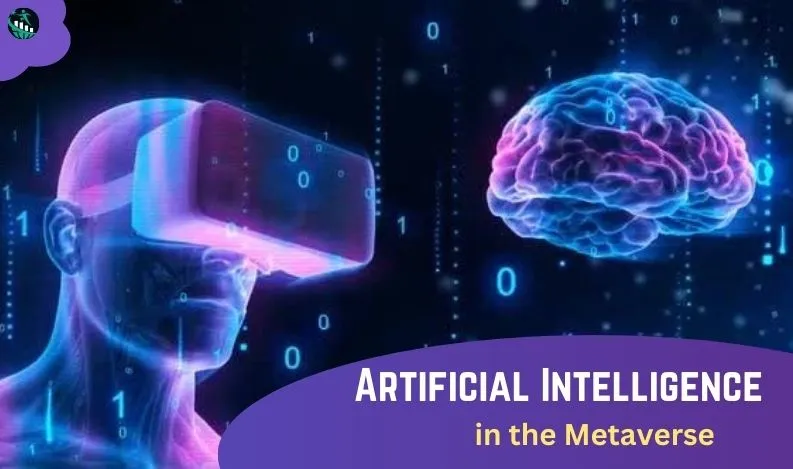
Navigating the Metaverse: Strategic Insights for Enterprises
The metaverse, a term that conjures visions of a fully immersive, digital universe, is gradually transitioning from science fiction to tangible reality. As enterprises begin to explore the potential of this new frontier, the excitement is palpable, but so are the uncertainties. This guide aims to demystify the metaverse, offering a roadmap for businesses to navigate its opportunities while exercising due caution.
Understanding the Metaverse
What is the Metaverse?
The metaverse represents a collective virtual shared space, emerging from the convergence of virtually enhanced physical reality and digitally extended environments. It can be considered the next evolutionary stage of the internet, transforming isolated online platforms into a unified, immersive digital ecosystem. This digital cosmos is not confined to specific devices and is not monopolized by any single vendor. It exists as a self-sustaining virtual economy, powered by digital currencies and non-fungible tokens (NFTs), and is built upon a diverse array of technologies, including virtual reality (VR), augmented reality (AR), artificial intelligence (AI), the Internet of Things (IoT), and more.
The Pillars of the Metaverse
The foundation of the metaverse is laid on four key innovations:
- Web3: This technology stack introduces decentralized web applications that empower users to manage their own identities and data, marking a significant shift from the centralized models of the current internet.
- Spatial Computing: This involves a blend of hardware and software that enables the seamless integration of digital and physical spaces, enhancing the user experience across both realms.
- Digital Twin of a Person (DToP): These are advanced digital avatars that not only mirror an individual's appearance and behavior but also exist in real-time across multiple digital and physical spaces simultaneously.
- Digital Twin of a Customer (DToC): As a subset of DToP, these virtual representations of customers or customer segments simulate and predict behaviors, providing invaluable insights for personalized marketing and product development.
The Hype Surrounding the Metaverse
Early Adopters and Innovators
From J.P. Morgan exploring virtual real estate to automotive dealerships employing AR for an enhanced customer experience, early adopters are already showcasing the potential of metaverse technologies. These pioneering efforts highlight the metaverse's capacity to transform traditional business models and offer unprecedented levels of engagement and immersion.
Opportunities and Cautions for Enterprises
Strategic Opportunities
- Innovation and Product Development: The metaverse opens up avenues for creating novel products and services, or significantly enhancing existing ones, through immersive and interactive experiences.
- Customer Engagement and Experience: By leveraging metaverse technologies, businesses can offer customers uniquely personalized and engaging experiences, setting new standards for customer interaction and satisfaction.
Potential Challenges
- Technological Uncertainty: Given the nascent state of many metaverse technologies, investing in them carries inherent risks, including rapid obsolescence and the potential for unmet expectations.
- Lack of Standardization: The absence of a unified framework for the metaverse means that enterprises must navigate a fragmented landscape, complicating integration and interoperability efforts.
Strategic Recommendations for Enterprises
Exploratory and Experimental Approach
Enterprises should adopt an exploratory mindset, investigating how metaverse technologies can complement or revolutionize their digital strategies. This involves staying abreast of technological advancements and being willing to experiment with new applications and use cases.
Emphasizing Combinatorial Innovation
Rather than seeking a singular "killer app," businesses should focus on developing metaverse solutions that integrate multiple technologies and trends. This combinatorial approach maximizes the potential for innovation and differentiation.
Evaluating and Prioritizing Use Cases
Identifying and assessing high-value use cases within the current business model can reveal metaverse-inspired opportunities for growth and improvement. This targeted approach ensures that investments are aligned with strategic objectives and are more likely to yield tangible benefits.
Ensuring Robust Data Governance
As enterprises venture into the metaverse, establishing stringent data governance, security, and privacy policies is paramount. Protecting customer and employee data in these new digital spaces is crucial for maintaining trust and compliance.
Conclusion: Navigating the Metaverse with Strategic Foresight
The metaverse offers a tantalizing glimpse into the future of digital interaction, presenting enterprises with a unique set of opportunities and challenges. By approaching this emerging domain with strategic foresight, businesses can harness the transformative potential of the metaverse while navigating its uncertainties with confidence. As we stand on the brink of this new digital era, the journey into the metaverse is as promising as it is perilous, demanding a careful balance of innovation, experimentation, and caution.







Recent Comments: